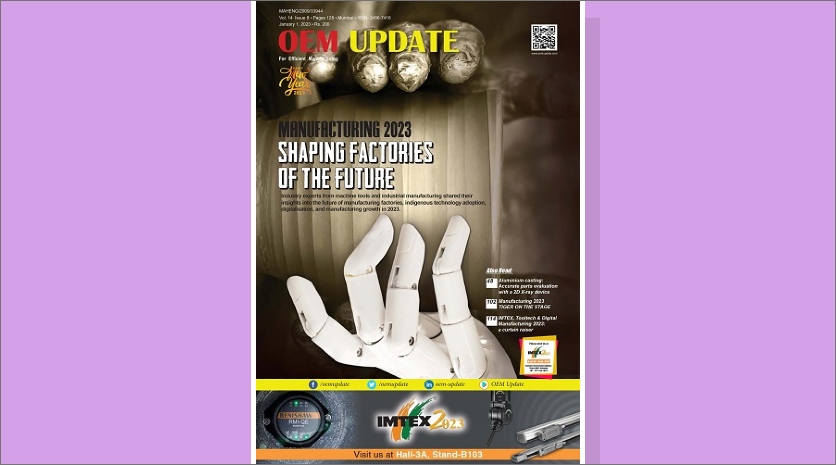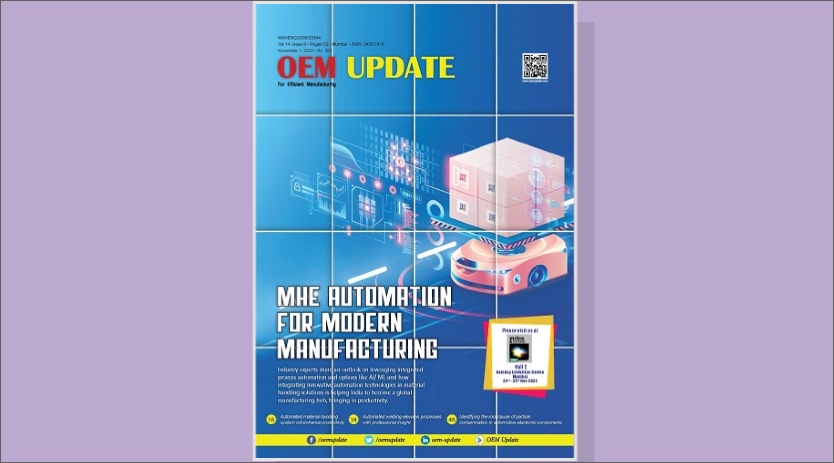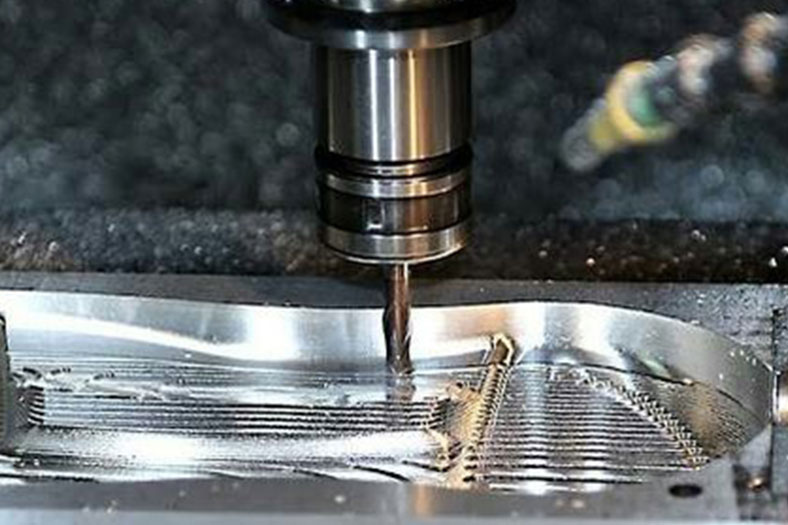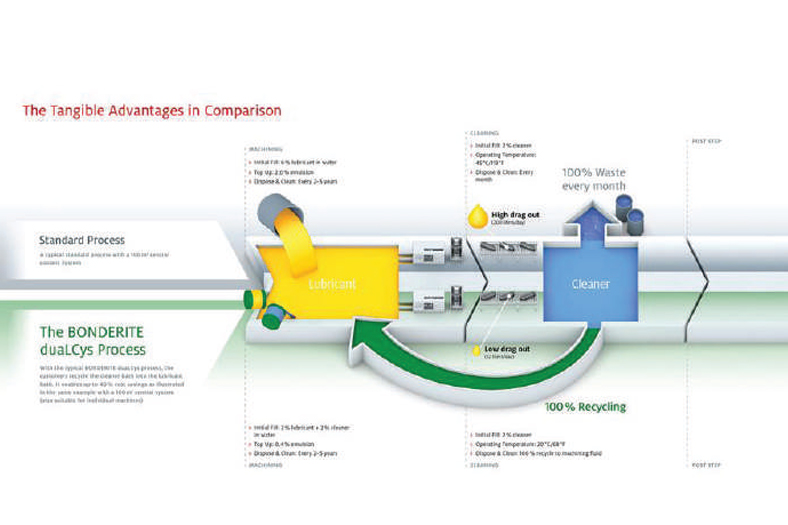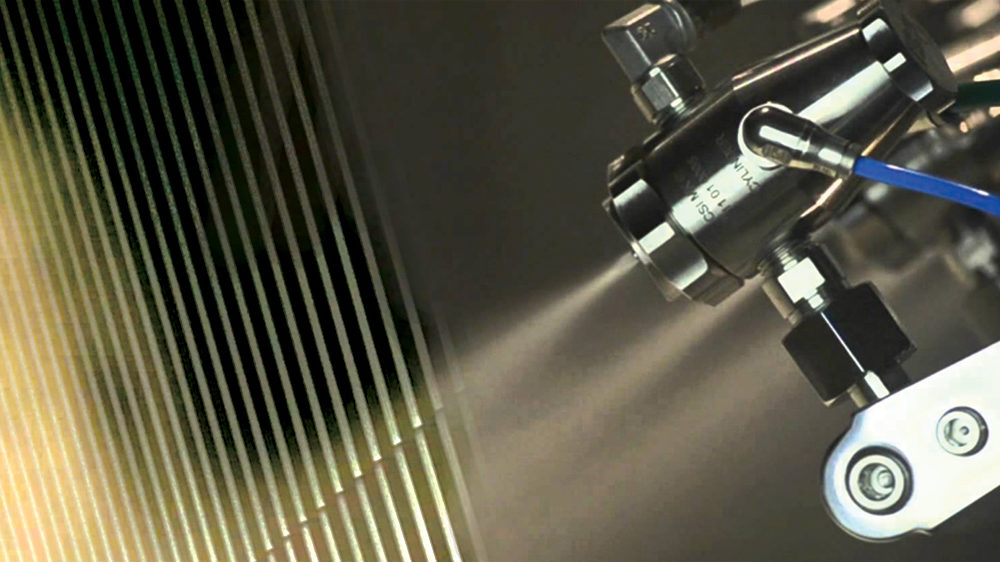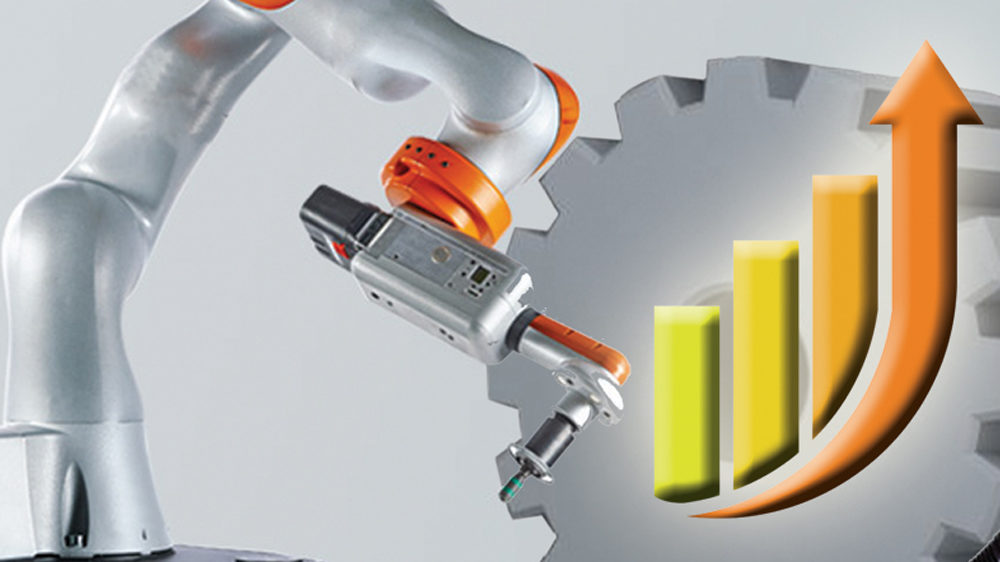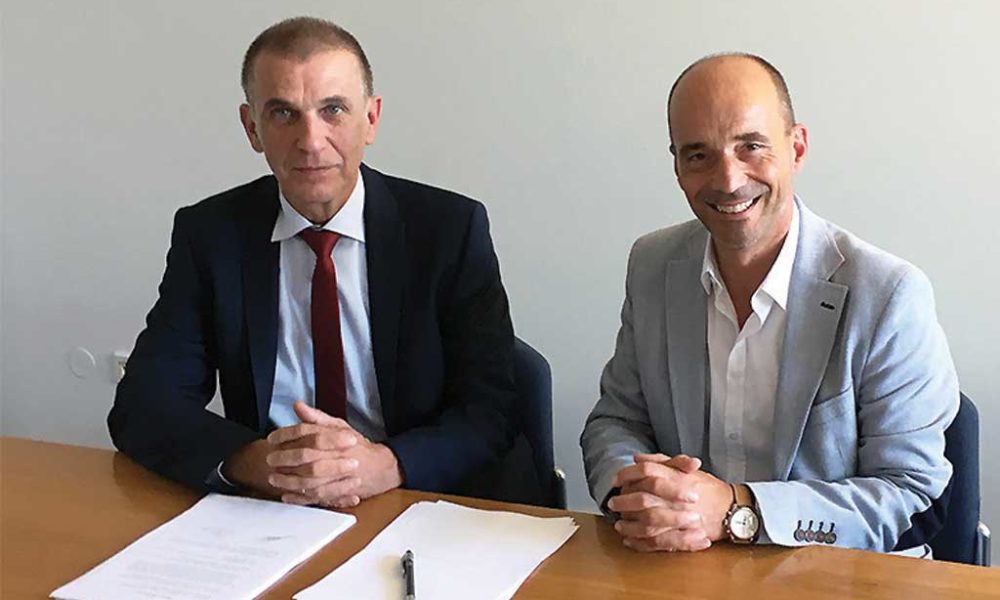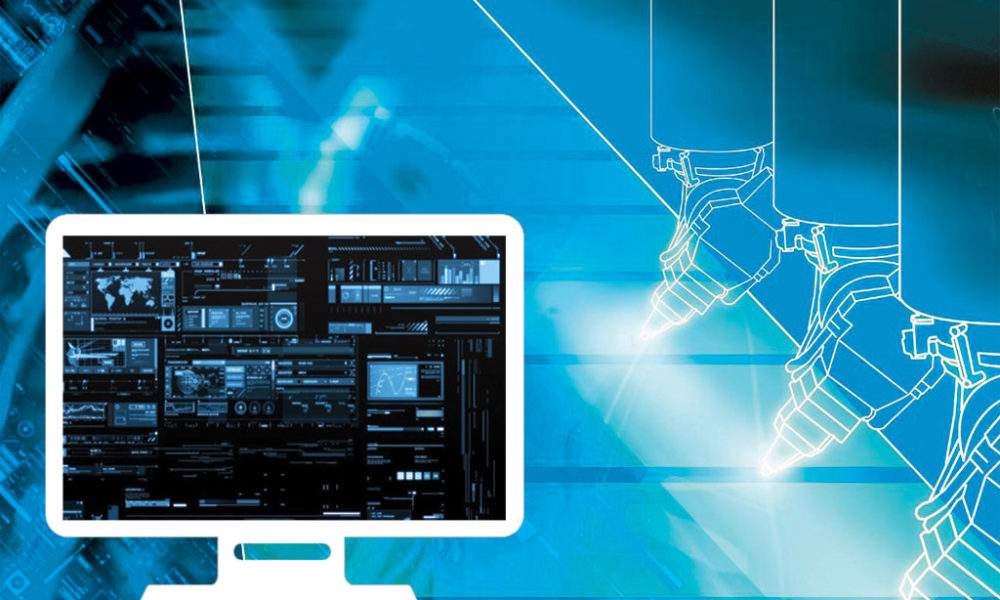MAKING A NEW INDIA
By admin July 15, 2015 5:34 pm IST
‘Make in India’ and its lion are roaring for an improved, developed and new India
It’s never too late, and the Modi Government has learned the lesson and understood the need that India becomes a manufacturing hub. He has been travelling around world the way Jackie Chan did in the movie, “Around the World in 80 Days”— meeting policy makers, hosting events, posing for selfies and airing “chai pe charcha.”
Mr Modi is determined enough not to let this opportunity go. At the Hannover Messe — world’s largest trade fair — he assured that his government is “removing unnecessary regulations and simplifying our procedures” to make doing business in India easy. He promised a “predictable, stable and competitive” tax regime as he pitched his “Make in India” agenda.
In a recent visit to China, PM Modi made a strong pitch directly to major Chinese CEOs, asking them to invest in Indian manufacturing. He spoke about India’s long-term growth trajectory of 7.5-8 per cent a year and promised setting up of special manufacturing zones for them from where they could access the lucrative and growing Indian market as well as produce for exports to the region.
It seems the lion of “Make in India” is on its way of becoming a symbol of new India.
Making promisesThe “Make In India” campaign promises new initiatives designed to facilitate investment, foster innovation, protect intellectual property and build world-class manufacturing infrastructure. It together with some specific steps taken like ease of doing business, phased reduction of corporate tax, government’s resolve of rolling out GST, and investments in infrastructure development will boost the Indian economy.
The major objective behind this initiative is to focus on 25 sectors of economy for job creation and skill enhancement. The initiative also aims at high-quality standards and minimising the impact on the environment. The initiative hopes to attract technological and capital investment in India. “We expect the ‘Make in India’ initiative will make the industry grow at a healthy CAGR in coming years,” says Amar Kaul, Territory Vice President and Business Leader – India, Middle East and South Africa, Compressed Air Systems and Services, Ingersoll Rand.
The campaign resonates well for almost every industry, including electric equipment and automation industry which had borne the brunt of an economic slowdown. Rajeev Sharma, Head – Corporate Services and Strategic Planning, Mitsubishi Electric India, feels, “We see a huge business opportunity emerging for our industry in providing electric and automation solutions. In order to cater to this increasing demand, our industry will plan to invest more in setting up manufacturing facilities, research and development labs, and roping in local manpower. The resulting domino effect will have a positive impact on the growth of the industry as a whole and manufacturing share in the GDP growth.”
“The ‘Make in India’ campaign has come at the right time,” believes Vineet Seth, Managing Director, South Asia and Middle East, Delcam Ltd. “One of the major positive indicators of the country’s GDP is manufacturing. This campaign will help in fuelling innovation across the existing manufacturing infrastructure in the country, as well as motivate newer entrepreneurs to embrace manufacturing and not just limit themselves to services and trading sector.”
On the shorter term, it will foster investments, infrastructure revamp, training and so forth. On the longer term, it will help create a manufacturing economy that will drive the country forward. Mr Seth adds, “In the immediate future, it will foster a shift for a better tomorrow.”
Sharing his views on the “Make In India” initiative as far as machine tools industry is concerned, Keshav Khurana, Executive Director, Wohlhaupter India, said, “The initiative will definitely bring down the costs to end customers. Delivery times too will come down.”
Amit Kapur, Director, Everest Group, says, “This initiative will bring in the required change and act as a big booster for the manufacturing sector.”
Strategies to achieve successIn a survey conducted by the World Bank, India ranks 134 for ease of doing business, 186 for enforcing contracts and 179 for starting a business. This ranking reflects on the room for improvement. “With the steps taken by the Government of India, we should be able to improve this substantially,” Mr Kaul asserts.
Also, global investors who were looking for a stable government to start their business in India now have that need fulfilled which will definitely help kick-start FDI. “To sustain and grow the flow, Indian Government would need to change rules, regulations and policies to make it investor friendly,” Mr Kaul adds.
The first and foremost strategy is by instilling investors confidence and enabling growth. Ramesh Suri, President, Automotive Component Manufacturers Association of India (ACMA) explains, “We urgently need labour reforms, some states are already made a beginning, others need to follow suit. This has to be reinforced by skilling our workforce and in the automotive sector, the Automotive Skill Development Council is one of sector councils under NSDC which is making satisfactory progress, this needs to gather momentum.”
“Make in India” can be successful only if manufacturers in India are allowed the ease of doing business. The industry should be provided with a business environment that offers transparent policy changes, pursues an ambitious trade agenda, speedy environmental and bureaucratic clearances and an enabling infrastructure and of course. “All these lower the costs to doing business,” explains Mr Sharma. “Manufacturers, in turn, should not only push for low-cost goods but also for quality and reliability, while focusing on making in India for the domestic market as well as exports.”
Cookie Consent
We use cookies to personalize your experience. By continuing to visit this website you agree to our Terms & Conditions, Privacy Policy and Cookie Policy.






